
All categories
Featured selections
Trade Assurance
Buyer Central
Help Center
Get the app
Become a supplier

(50784 products available)






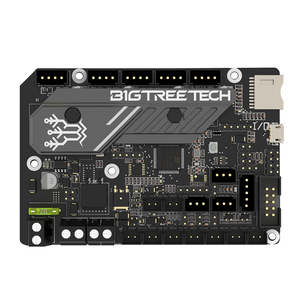
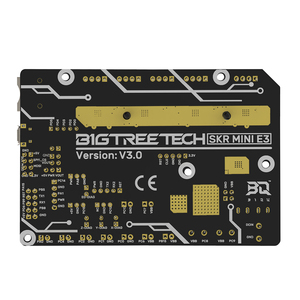
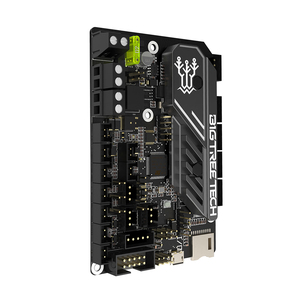
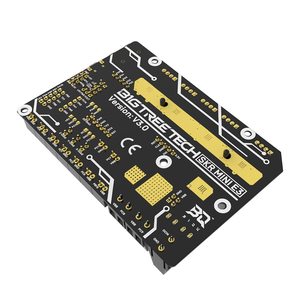
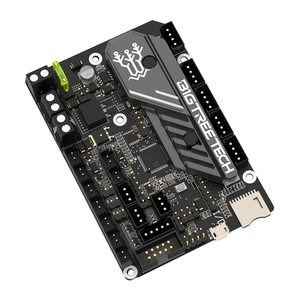
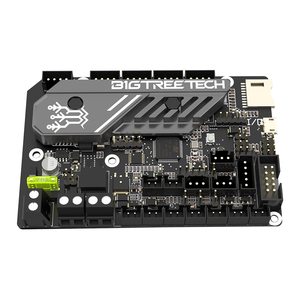











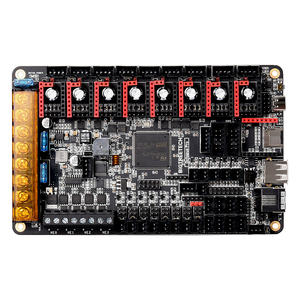
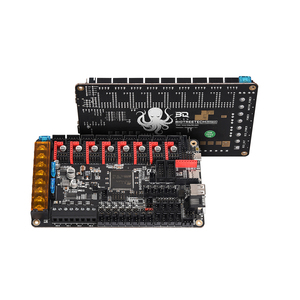
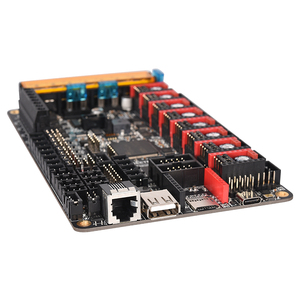
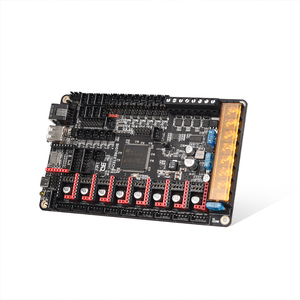
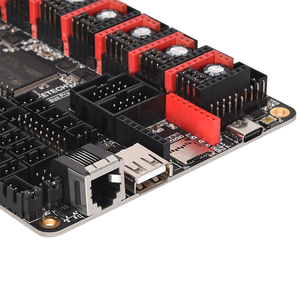
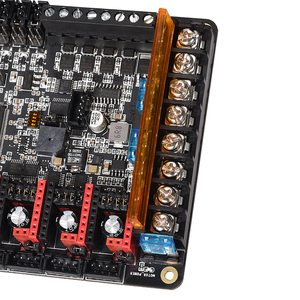
















There are various types of 32 bit microprocessor pictures, and each of them has its own unique characteristics. Below are some of them:
Some of the main design features of the 32-bit microprocessors are the following:
Architecture
32-bit microprocessors work on a 32-bit architecture, meaning they process data in 32-bit chunks. This architecture supports a wide range of data types, including integers, floating-point numbers, and characters, each with varying bit lengths. The 32-bit width allows the microprocessor to handle larger data sizes compared to 16-bit processors, making it suitable for more complex applications.
Registers
32-bit microprocessors have a set of 32-bit registers used for temporary data storage and manipulation. These registers include general-purpose registers for arithmetic and logical operations and special-purpose registers for specific tasks, such as program counter and stack pointer. The register set's size and organization significantly impact the microprocessor's performance and efficiency in executing instructions.
Instruction Set
The instruction set architecture (ISA) of a 32-bit microprocessor defines the available instructions and their formats. These instructions include data transfer, arithmetic, logical, control, and branching operations. The ISA is crucial for software development, as it determines how programs interact with the microprocessor. A well-designed instruction set enables efficient program execution and supports various programming languages and applications.
Memory Addressing
32-bit microprocessors use 32-bit addresses to access memory locations. This addressing scheme allows them to access a maximum of 4 GB of RAM, which was a limitation for many 32-bit systems. However, this architecture enables efficient memory management techniques, such as paging and segmentation, to optimize memory usage and improve system performance.
Pipelining and Parallelism
Pipelining is a key design feature in 32-bit microprocessors that improves instruction throughput. By dividing instruction execution into multiple stages, each stage can be processed simultaneously for different instructions, increasing overall performance. Additionally, parallel processing techniques, such as superscalar architecture, allow the microprocessor to execute multiple instructions concurrently using multiple execution units. These features enhance the microprocessor's efficiency and speed in executing programs.
Performance Optimization
32-bit microprocessors incorporate various performance optimization techniques to improve their efficiency. These include cache memory for faster data access, branch prediction for optimizing control flow, and out-of-order execution to enhance instruction scheduling. These optimizations enable the microprocessor to execute programs more efficiently and improve overall system performance.
There are many ways to wear and match the 32-bit microprocessor depending on the occasion one is attending. Here are some of the wearing and matching suggestions:
Casual Wear:
If one is going for a casual look, one can pair a 32-bit microprocessor-based system with a graphic tee and jeans. For example, a Raspberry Pi or Arduino board can be used to run a simple LED blinking project or a temperature sensor project, which can be displayed on a casual t-shirt and jeans outfit. Alternatively, one can wear a hoodie with a built-in microprocessor-based system like a smart thermostat or a home automation controller. This shows how one's casual wear can be stylish and functional at the same time.
Professional Wear:
For professional wear, one can match a 32-bit microprocessor with a dress shirt and slacks. For example, an Intel or AMD processor can be used to run a high-performance computing project or a machine learning project, which requires a professional outfit for a presentation or a meeting. One can also wear a blazer with a microprocessor-based system like a smart speaker or a home automation hub. This shows how one's professional wear can be sophisticated and intelligent.
Sporty Look:
If one is going for a sporty look, one can pair a 32-bit microprocessor with a fitness tracker or a smart watch. For example, a Fitbit or an Apple watch uses a 32-bit microprocessor to run fitness tracking applications. One can also Arduino or Raspberry Pi-based fitness tracker project while wearing sports shoes and a tracksuit. This shows how technology can be integrated into one's sporty look.
Streetwear:
For streetwear, one can match a 32-bit microprocessor with a hoodie and sneakers. For example, a Nintendo Switch or a Raspberry Pi-based retro gaming console uses a 32-bit microprocessor. One can also wear a backpack with a microprocessor-based system like a portable battery charger or a solar-powered charger while wearing a hoodie and sneakers. This shows how streetwear can be functional and stylish at the same time.
Q1: What is the distinction between 32-bit and 64-bit microprocessors?
A1: The primary distinction between 32-bit and 64-bit microprocessors lies in their data processing capabilities. A 32-bit microprocessor can handle data in 32 bits at a time, limiting its addressable memory space to 4 GB. This constraint affects its performance in handling large datasets and memory-intensive applications. In contrast, a 64-bit microprocessor processes data in 64 bits, allowing it to address a significantly larger memory space (theoretically up to 16 exabytes). This enables 64-bit processors to perform better in multitasking and running sophisticated applications.
Q2: What are the advantages of using a 32-bit microprocessor in embedded systems?
A2: 32-bit microprocessors are widely used in embedded systems due to their balanced performance and energy efficiency. They offer sufficient processing power for most embedded applications while consuming less energy than their 64-bit counterparts. This makes 32-bit microprocessors ideal for applications such as IoT devices, automotive controls, and consumer electronics, where power consumption is critical. Additionally, 32-bit processors have a lower hardware complexity and cost, making them suitable for budget-sensitive projects.
Q3: How does a 32-bit microprocessor handle arithmetic operations?
A3: A 32-bit microprocessor handles arithmetic operations using its Arithmetic Logic Unit (ALU). The ALU performs basic operations such as addition, subtraction, multiplication, and division by manipulating binary numbers represented in 32 bits. For example, in an addition operation, the ALU adds corresponding bits from two 32-bit numbers, carrying over any overflow to the next bit until all bits have been processed. The result is a 32-bit sum that the processor stores in its registers or memory.
Q4: What are the implications of using a 32-bit microprocessor for high-performance applications?
A4: Using a 32-bit microprocessor for high-performance applications can lead to limitations in processing power and memory access. Since 32-bit processors can only address up to 4 GB of RAM, applications requiring large datasets, such as data analysis, machine learning, and high-end gaming, may experience performance bottlenecks. Additionally, 32-bit processors may struggle with processing large data types and complex algorithms compared to 64-bit processors, which can handle larger data sizes more efficiently.